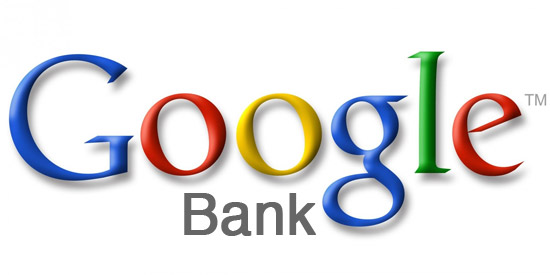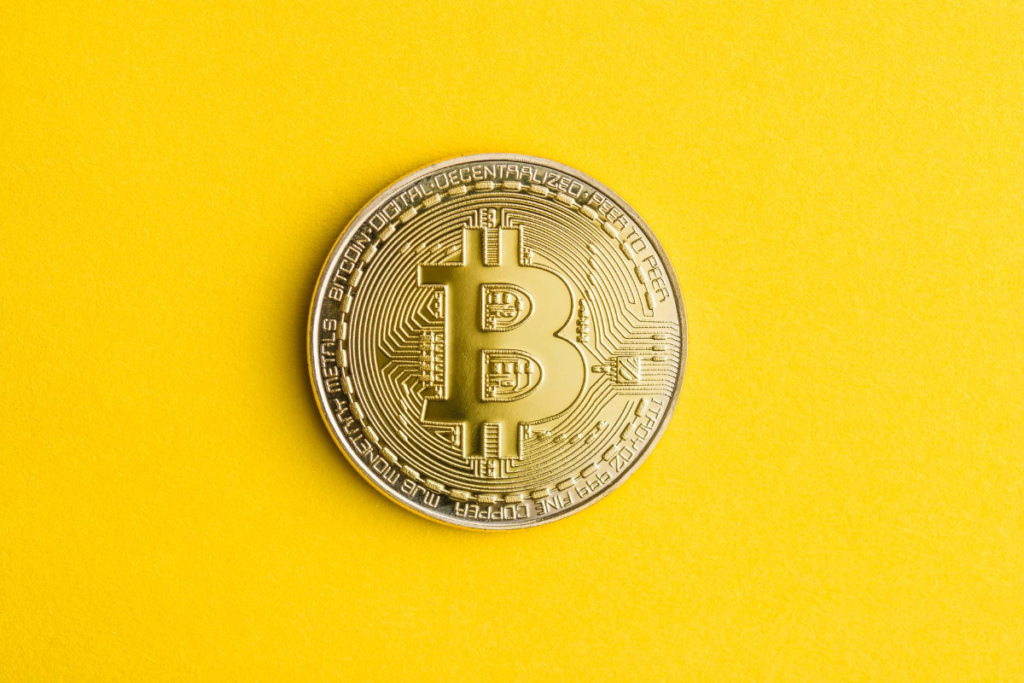Digital money or electronic money has been all over the news in recent years. From the bitcoin revolution to Apple Pay, digital money is taking over and we’re moving rapidly towards a cashless society. It’s easy to imagine a time in the future when a child will turn to you, holding a coin, and ask: what is this strange relic?
One feature of the digital currency landscape is the development of electronic money institutions and payment institutions. Two separate things and neither particularly easy to get your head around.

But it’s worth trying to understand. Because electronic money is here to stay. From 2013 to 2018, electronic payment transactions in Europe grew consistently at double the European GDP growth rates. That’s a crazy amount of growth.
So, if you want your business to stay ahead of the curve and benefit from the massive innovations in this sector, then keep reading.
what is electronic money?
Electronic money (or e-money) is money that doesn’t have a physical presence. It exists only on banking computer systems. You can’t hold it in your hand and examine it gleefully in a Gollum-esque way.
A simple example is that plastic gift voucher card that you received for Christmas. Yes, we agree. Vouchers make the worst Christmas presents. Nothing says “I don’t really know you or care to get to know you” like a WHSmith gift card.
But moving on. Any transaction that you make by phone, card, or online, involves electronic money. And you can exchange e-money into a physical form if you want to. Its value is still determined by fiat currency.
what is fiat currency?
Fiat currency, you say? That’s basically money whose value is established by the government rather than being backed by gold or silver – or some other physical good. The euro, the dollar, and so on, are all examples of fiat money.
The boom in e-money has given rise to a whole host of innovative alternatives to traditional high-street banks. These are known as payment service providers.
what is a PSP?
Payment service providers – or PSPs if you’re pressed for time – allow consumers and businesses to carry out transactions and transfers and hold digital accounts.
Examples of PSPs include Currencycloud, Modulr, Cashplus, Transferwise. Oh, and Paypal. Didn’t see you hiding there, Paypal, you giant financial megalith. Only joking. Paypal is the best-known PSP out there, used by 7 million businesses and 100 million people.
Anyway, these payment service providers, Paypal included, aren’t free-wheeling cowboys of the finance world. They have to follow regulations – just like their more stuffy cousins – the traditional banks.
The European Union’s payment service directives, known as PSD1 and PSD2, regulate these new players. This means PSPs must be authorised or registered as either Payment Institutions or Electronic Money Institutions.
Picasso once said:

But these particular rules shouldn’t be broken. In fact, these regulations are a good thing.
regulations for payment institutions.
Regulations inspire more confidence and trust from customers who are considering using the services of a new PSP. And more trust means more customers – which means more growth. And regulation also means greater consistency, creating a more equal playing field.
Plus, in the bid to foster innovation in this sector, the EU has kept the costs of becoming authorised and registered lower than it is for traditional banks. As a result, many advanced start-up Electronic Money Institutions are now popping up all over the fintech market.
what is an electronic money institution?
An electronic money institution (or EMI for short) issues e-money as a digital equivalent of cash. This e-money is stored on a financial platform, a prepaid card, a mobile phone, in an eWallet, or in a digital account. Setting up a digital account with an EMI is far simpler than with your standard high-street bank.
EMIs also provide payment services like credit transfers, direct debits, credit card transactions, and money transfers.
A well-known example of an EMI is Revolut. An alternative to traditional banking, Revolut offers free international money transfers and fee-free global spending at the interbank exchange rate. It has a multi-currency card with an app to go with it. Additionally, the service offers pay-per-day travel insurance, bespoke security measures, and unrestricted access to cryptocurrencies. Pretty impressive.
Anyway, once a company receives an EMI licence, it can do business in all countries in the European Economic Area.
And guess what?
Facebook acquired an “electronic money institution” license in Ireland in late 2016. This means it can issue and manage virtual currencies throughout the EU. If Facebook’s on to it, you can be sure it’s a big deal.
but what’s a payment institution?
A payment institution offers payment services like credit transfers and direct debits, issuing and acquiring payment instruments (like traveller’s cheques or money orders), money remittances, and foreign exchange services.
PIs might sound very similar to EMIs and essentially they are the same. Except an EMI can do everything a PI can do – and more.
For example, EMIs can also:
- Issue electronic money
- Provide iBAN accounts, payment cards, and e-wallets.
- Most importantly, you can deposit e-money in your account and keep it there indefinitely for some indefinite future use – such as purchasing food or clothes, transferring money to other accounts, paying utilities, or withdrawing money from an ATM.
For a PI, there has to be an identifiable transaction for which the funds are intended. The purpose of the deposit has to be defined beforehand and the money transferred has to be used for that exact transaction.
Understandably, EMIs pay more for their licence as it allows them to do more. For an EMI, the capital requirement is 350,000 euros, compared to 125,000 euros to be a PI.
How are EMIs or PIs different from banks?
EMIs or PIs differ from high-street banks in one major way – only banks can legally accept deposits. They can invest a customer’s money, earn interest on it, lend money, and charge interest on it. Which is great for them.
But it also means they are more highly regulated. Plus, they have to prove to regulators that they have enough capital to meet all their obligations if their initiatives fail in some way.
Meanwhile, EMIs can only place your money in trusted accounts – and PIs can only hold onto money that has some pre-defined purpose.
However, if a bank goes bust, the Financial Services Compensation scheme provides compensation for customers. This scheme does not protect funds received by EMIs and PIs.
Funds are instead safeguarded by being placed in a separate dedicated account or by being covered by insurance or a guarantee in case of the institution going insolvent.
Changing the face of finance.
Hello, finance? It’s me, the 21st century.
E-money is cutting-edge technology that large traditional banks, with their unwieldy regulatory frameworks, often struggle to keep up with.
Plus, the user experience is often prioritised by PSPs in a way that it isn’t with banks. For example, with many EMIs and PIs, you’ll find a snazzy online interface and features like fingerprint and face-recognition log-in technology. No offence to old school banks, but frequently, they just don’t have a clue.
PSPs also have internal systems that can conduct monitoring and detect suspicious activity. This sophisticated technology has grown up with the institutions – while traditional banks have to implement this technology retroactively.
Finally, PSPs understand start-ups in a way old-school banks don’t. New businesses that are emerging are inevitably going to have digital needs. EMIs are more equipped to provide solutions to these needs.
what about cryptocurrency?

We knew you’d ask that.
You can hardly talk about innovation in finance without mentioning cryptocurrency: the black sheep of the finance family – or at least that mysterious nerdy cousin who’s probably planning to start a revolution.
Because yes, cryptocurrencies and blockchain technology will inevitably have a role to play in the future of e-money – as a means to boost security and expand its potential uses.
In fact, in January of 2020, BCB Group – a crypto company that provides accounts for some of the largest crypto institutions in the world – became the first crypto company to become an authorised Payment Institution.
This is significant because British banks have traditionally shown a reluctance to work with crypto companies. This regulatory approval shows a growing acceptance of cryptocurrencies and a willingness among EU regulators to encourage innovation.
the future of finance.
So, why should you care about electronic money, PSPs, EMIs, PIs, cryptocurrency etc…? Because it’s the future.
E-money is developing rapidly. Sweden, for example, looks set to transition towards a totally cashless economy very soon. It’s developing its own national cryptocurrency – known as the e-krona. Russia and Venezuela have plans to do the same.
Coronavirus risks around the handling of cash have moved many retailers to only accepting card payments.
Banks lack the technology capacities to serve modern businesses, especially fintech and blockchain businesses. EMIs and PIs are in a superior position for keeping up with developments. They have been created especially with e-money in mind.
Finally, EMIs and PIs are making financial services more transparent and accessible. And they are creating mega disruption – which is always a good thing.
how to apply for a licence to operate as an EMI or PI.
If you are thinking about becoming an e-money institution, you need to register with the FCA. We can help you work out what’s the best solution for you. Whether that be registering as a small EMI or whether you should choose to register as a payment institution instead. To find out more contact us for a free consultation.